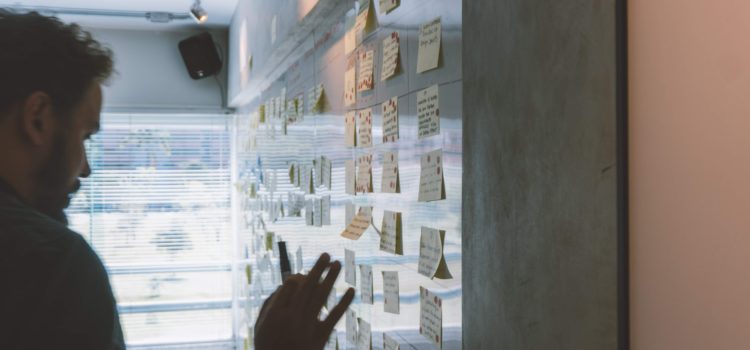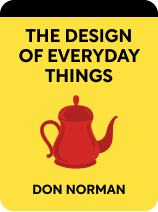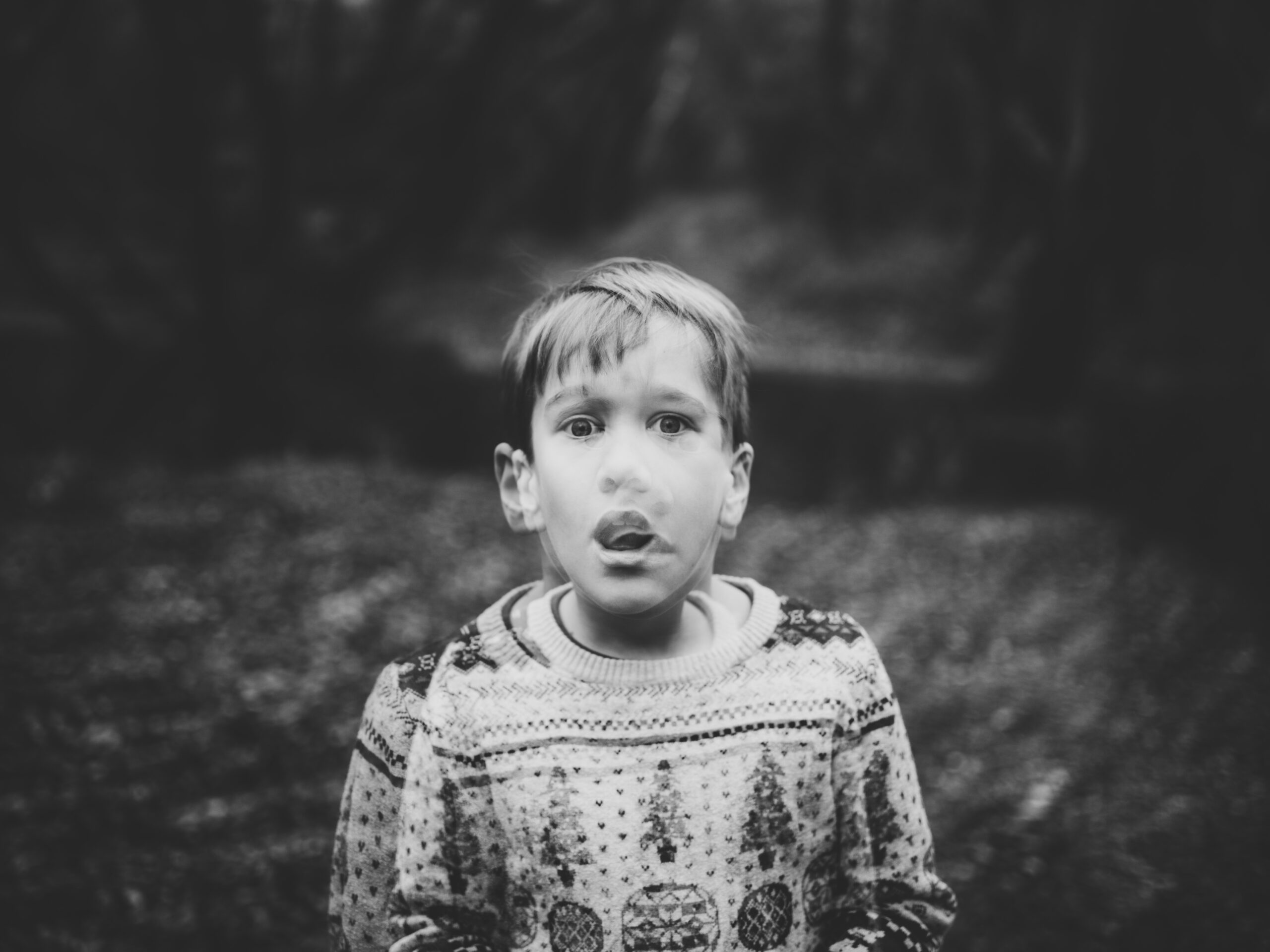

This article is an excerpt from the Shortform book guide to "The Design of Everyday Things" by Don Norman. Shortform has the world's best summaries and analyses of books you should be reading.
Like this article? Sign up for a free trial here .
What is the design thinking approach? How does it mean for designers?
The design thinking approach is the process of examining a situation to discover solutions to the problem. The solution should improve the experience for the user.
Read more about the design thinking approach and how it works.
Design Thinking Approach
“Design thinking” is the process of examining a situation to discover the root problem, exploring possible solutions to that problem, testing those solutions, and making improvements based on those tests. This process is iterative, which means it is repeated as many times as necessary, each time with slight improvements based on previous iterations.
Design thinking is an important part of the philosophy of human-centered design. This chapter describes two models for thinking about the process of design thinking and compares these approaches to the traditional design process. But these approaches represent the ideal, and they’re not always feasible in practice. The chapter ends with a discussion of the practical constraints that prevent designers from working through each step of the design thinking approach in full.
The Process
Design thinking has two phases: finding the right problem and finding the right solution. Each of the two phases has two steps. The entire process is often described using “the four D’s”: discover, define, develop, deliver.
The first step in the design process is discovering the problem. This seems like it would be easy, since designers are typically hired to solve a particular problem. But the problems designers are asked to solve are often downstream effects of the “real” problem. In other words, designers are hired to address symptoms, but good designers will go beyond that and dig into the root cause (tools like root cause analysis and “The Five Whys” are especially useful at this stage).
The next step is defining the problem. In the “discover” phase, design teams will brainstorm all the factors that could be influencing the problem, then investigate each of those factors to see which are most relevant. This helps the team decide on the actual problem they will attempt to solve.
Once the real problem is discovered and defined, designers can begin developing solutions. This is the part of the process that most people picture when they imagine designers at work—a flurry of new ideas, rapid sketches, and rough prototypes. Instead of committing to a solution right away, good designers brainstorm as many solutions as possible, including ideas that are obviously not feasible. Even a seemingly ridiculous solution might have an underlying principle that ends up guiding the real design.
Lastly, designers will choose the most promising solution and refine it into final form by continuously testing, making changes, and retesting. This process culminates in delivering the final design to the client.

———End of Preview———
Like what you just read? Read the rest of the world's best book summary and analysis of Don Norman's "The Design of Everyday Things" at Shortform .
Here's what you'll find in our full The Design of Everyday Things summary :
- How psychology plays a part in the design of objects you encounter daily
- Why pushing a door that was meant to be pulled isn't your fault
- How bad design leads to more human errors






